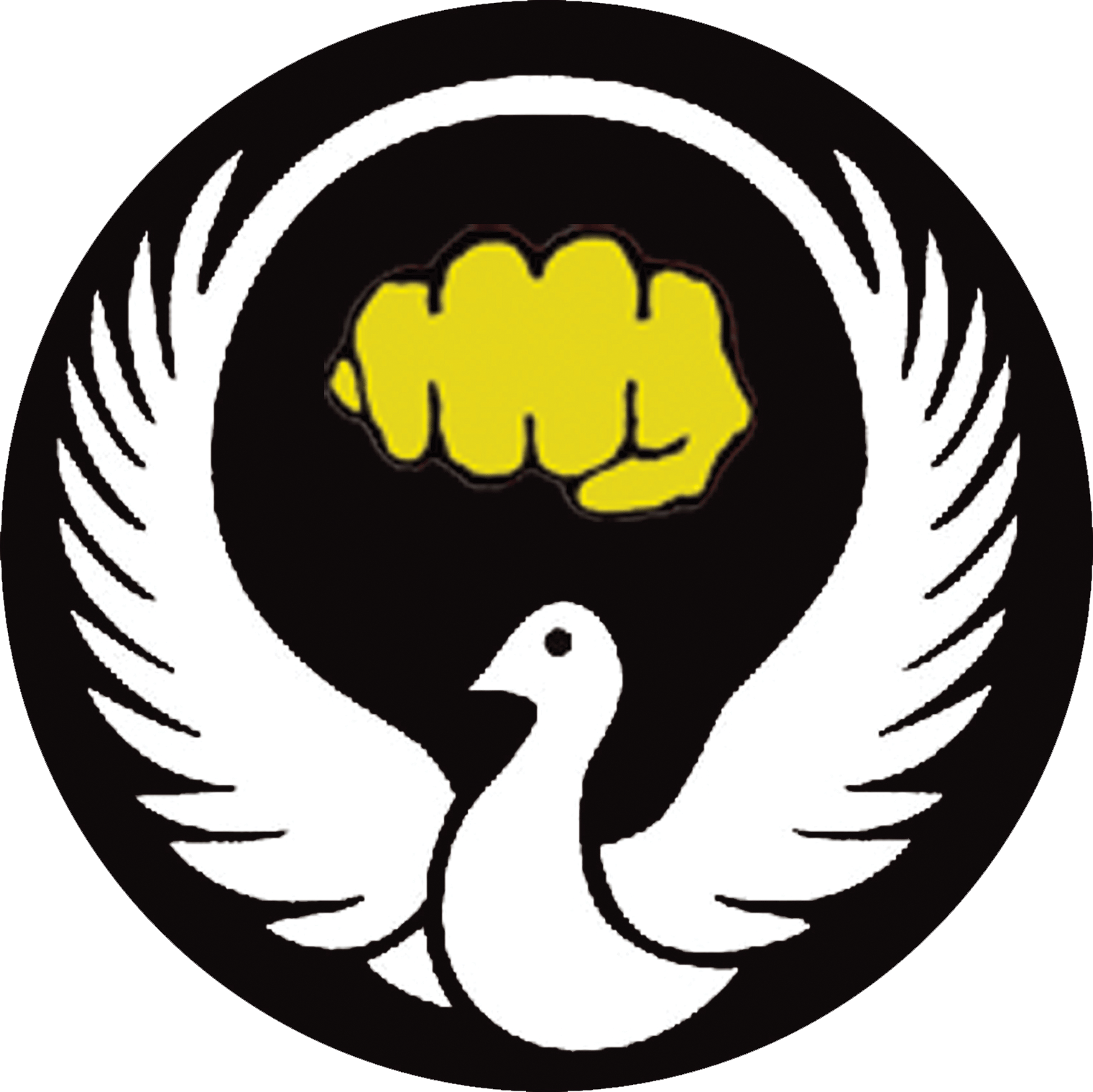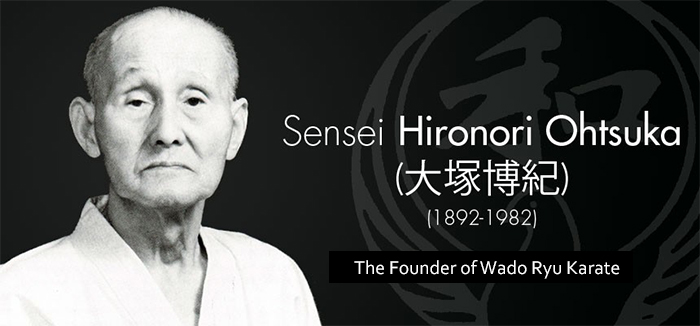Wado Ryu Karate

.png?1501761502245)
The name Wado ryu has three parts: Wa, do, and ryu. Wa means "harmony," do means "way," and ryu means "style." Harmony should not be interpreted as pacifism; it is simply the acknowledgment that yielding is sometimes more effective than brute strength.
From one point of view, Wado ryu might be considered a style of jujutsu rather than karate. When Hironori Otsuka first registered his school with the Dai Nippon Butoku Kai in 1938, the style was called "Shinshu Wadoryu Karate Ju jutsu," a name that reflects its hybrid character. Otsuka was a licensed Shindo Yoshin ryu practitioner and a student of Yoshin ryu when he first met the Okinawan karate master Gichin Funakoshi. After having learned from Funakoshi, and later also Okinawan masters such as Kenwa Mabuni, Otsuka merged Shindo Yoshin ryu with Okinawan karate. The result of Otsuka's efforts is Wado ryu.
To the untrained observer, Wado ryu might look similar to other styles of karate, such as Shotokan. Most of the underlying principles, however, were derived from Shindo Yoshin ryu. A block in Wado may look much like a block in Shotokan, but they are executed from different perspectives.
A key principle in Wado ryu is that of tai sabaki (often incorrectly referred to as 'evasion'). The Japanese term can be translated as "body-management," and refers to body manipulation so as to move the defender as well as the attacker out of harm's way. The way to achieve this is to 'move along' rather than to 'move against' - or harmony rather than physical strength. Modern karate competition tends to transform Wado ryu away from its roots towards a new generic karate that appeals more to the demands of both spectators and competitors.
The founder of Wado ryu, Hironori Otsuka, was born on 1 June 1892 in Shimodate, Ibaraki Prefecture, Japan. In 1898, Otsuka began practicing Koryu jujutsu under Chojiro Ebashi. From 1905–1921, he studied Shindo Yoshin ryu jujutsu under Tatsusaburo Nakayama. In 1922, he met Gichin Funakoshi and began to train under him. In 1924, Otsuka became one of the first students promoted to black belt in karate by Funakoshi. To broaden his knowledge of Karate, Otsuka also studied with other prominent masters such as Kenwa Mabuni of Shito ryu and Choki Motobu. In 1929, Otsuka organized the first school karate club at Tokyo University. Eiichi Eriguchi coined the term 'Wado ryu' in 1934.

In 1938, Otsuka registered his style of karate with the Dai Nippon Butoku Kai under the name of "Shinshu Wadoryu Karate-Jujutsu." Soon after, however, this was shortened to "Wado ryu". In 1938, the Dai Nippon Butoku Kai awarded Otsuka the rank of Renshi Go, followed in 1942 by the rank of Kyoshi Go. It was around this time that Tatsuo Suzuki, founder of the WIKF, began training in Wado ryu. In 1944, Otsuka was appointed Japan's Chief Karate Instructor. In 1946, Otsuka awarded Tatsuo Suzuki the rank of 2nd dan.
Around 1950, Jiro Otsuka (the founder's second son) began training in Wado ryu while in his adolescent years. In 1951, Otsuka awarded Suzuki the rank of 5th dan, the highest rank awarded in Wado ryu at that time. In 1952, the Wado ryu headquarters (honbu) was established at the Meiji University dojo in Tokyo. In 1954, its name was changed to Zen Nippon Karate Renmei (All Japan Karate Federation). In 1955, Otsuka published "Karatejutsu no Kenkyu," a book expounding his style of karate. In 1963, he dispatched Suzuki, along with Toru Arakawa and Hajimu Takashima, to spread Wado ryu around the world.
In 1964, the Japan Karatedo Federation (JKF) was established as a general organization for all karate styles. Wado ryu joined this organization as a major group. In 1966, Otsuka was awarded Kun Goto Soukuo Kyokujujutsu (comparable to a knighthood) by Emperor Hirohito for his dedication to the introduction and teaching of karate.
In 1972, the President of Kokusai Budo Renmei, a member of the Japanese royal family, awarded Otsuka the title of Meijin. In 1975, Suzuki received his 8th dan, the highest grade ever given (at the time) by the Federation of All Japan Karatedo Organizations, and was named Hanshi Go by the uncle of Emperor Higashikuni.
Wado ryu has been spread to many countries in the world, by both Japanese and non-Japanese students of Hironori Otsuka. Japanese Wado ryu stylists Tatsuo Suzuki, Teruo Kono, Masafumi Shiomitsu, H. Takashima, Naoki Ishikawa, Yoshio Iwasaki and many others spread the art in Europe. Yoshiaki Ajari and Masaru Shintani spread the art in the USA and Canada. Also, non-Japanese such as C.A. Taman (from Indonesia, also the founder of Goshinbudo Jujutsu Indonesia), Joaquim Gonçalves (from Portugal) and many others have helped to spread the style in their respective countries.
